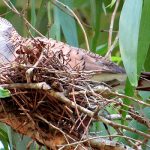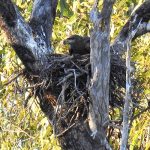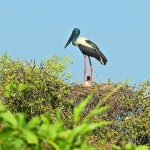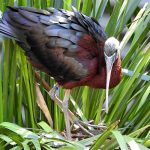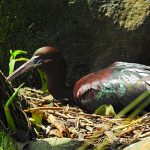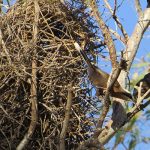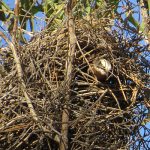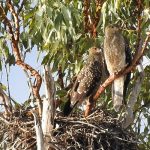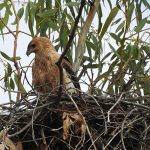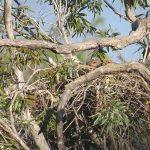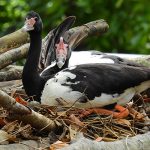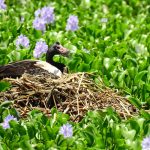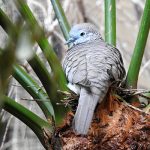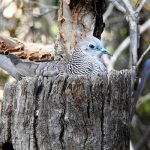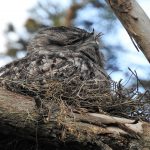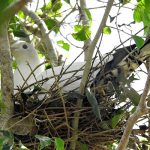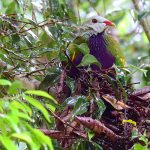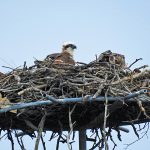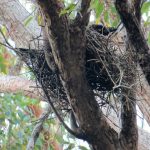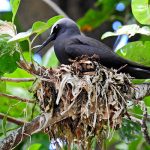STICK NESTS
Australia’s avian world is a tapestry of unique adaptations and ingenious survival strategies. Among the most fascinating are the stick nests crafted by birds—ingenious structures fashioned from twigs and branches, each reflecting the lives and instincts of its builders.
The Art and Function of Stick Nests
A stick nest is not simply a bed for eggs. For many Australian birds, these structures represent a blending of architecture and instinct, tailored to their environment, biology, and even social habits. Through the creak of branches and the rustle of leaves, these nests stand as testaments to avian persistence and creativity.
Picture yourself deep in the Eucalyptus woodlands of Australia at dawn. The air is crisp, touched by the earthy scent of damp bark and leaves. Up in the tangled silhouettes of branches, you may glimpse a bulky cluster of twigs—an odd, seemingly haphazard structure. This is a stick nest: rough to the touch, each twig carefully placed, its exterior appearing wild yet its interior lined with softer materials, forming a secure cradle for precious eggs and later, chicks.
Examples:
| Bird | Nest Type | Key Materials | Special Behaviour |
|---|---|---|---|
| Wedge-tailed Eagle | Large stick nest | Sticks, bark, leaves | Uses same nest for years |
| Australian Raven | Bulky stick nest | Sticks, twigs, soft inner lining | Urban and rural altitudes |
| White-winged Chough | Mud-plastered nest | Sticks, mud, leaves | Cooperative building |
| Great Bowerbird | Bower (display) | Sticks, decorative objects | Elaborate courtship |
Why Stick Nests?
- Protection: The tangled structure wards off predators and cushions vulnerable eggs and chicks.
- Reuse: Many species add to their nests season after season, creating stable, long-lasting homes.
- Social Bonds: In species like choughs, nest-building is a group effort that strengthens family and cooperative ties.
Conservation Message
Australia’s stick nest-building birds depend on healthy woodlands and tall trees, many of which are threatened by habitat loss and land clearing. The preservation of these nesting sites is vital—not only for avian families but for the rich ecosystems that depend on their presence.
When you next wander through Australian bushland or glimpse a bird overhead, consider the silent labour that goes into those sprawling, stick-laden nests above. They are more than shelters—they’re intricate legacies woven into the wild heart of Australia, deserving care and protection for generations to come.

